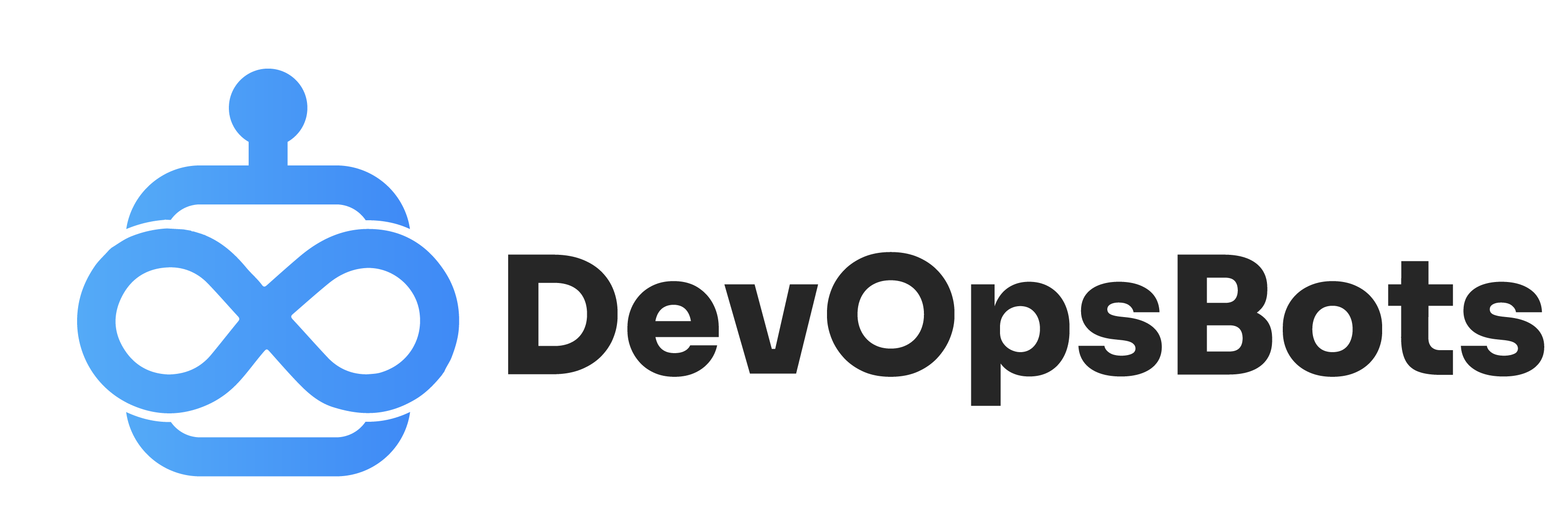Navigating Your DevOps Interview: Key Questions on Observability Answered
- Question: Can you explain the difference between monitoring and observability?
Answer: Monitoring involves actively checking system outputs against expected outputs. Observability, on the other hand, refers to the ability to understand the inner workings of a system by inspecting its output. While monitoring often requires manual configuration and set thresholds, observability is about understanding the system’s behavior and being able to investigate unpredicted issues. - Question: What is the role of Grafana in observability?
Answer: Grafana is an open-source visualization tool. It supports a variety of different data sources, including Prometheus and Elasticsearch. In an observability context, Grafana is commonly used to build comprehensive dashboards to visualize and understand the metrics captured from monitored systems. - Question: Can you describe how you would set up a Prometheus alert?
Answer: Prometheus provides an alerting mechanism that sends alerts based on predefined metrics rules. To set up an alert, you would define alerting rules in the Prometheus configuration. These rules include the specific conditions that trigger the alert, and the severity level. The alerts are then forwarded to the Alertmanager which manages them, grouping, inhibiting, or even silencing as per the predefined rules. - Question: How does Alertmanager handle alerts?
Answer: Alertmanager handles alerts sent by client applications such as the Prometheus server. It is responsible for deduplicating, grouping, and routing alerts to the correct receiver or notifier like email, PagerDuty, or OpsGenie. It also handles silencing and inhibition of alerts. - Question: What is the ELK stack and what role does it play in observability?
Answer: The ELK stack, now called the Elastic Stack, consists of Elasticsearch, Logstash, and Kibana. Elasticsearch is a search and analytics engine, Logstash is a server-side data processing pipeline that ingests data from multiple sources and sends it to Elasticsearch, and Kibana lets users visualize data with charts and graphs in Elasticsearch. The ELK stack is crucial for observability as it collects, processes, and visualizes real-time data, enabling developers to analyze system behavior. - Question: How can you monitor the health of your systems using Prometheus?
Answer: Prometheus monitors system health by periodically scraping metrics from defined targets. It then stores this data and allows for it to be queried with PromQL (Prometheus Query Language). Alert rules can be created based on these metrics, which can trigger notifications if certain conditions are met. - Question: How would you create a dashboard in Grafana to visualize your application’s health?
Answer: To create a dashboard in Grafana, we first need to connect the data source(s), such as Prometheus. Once connected, we create a new dashboard, add panels, and then select the visualization type (graph, table, etc.). We can then input our PromQL queries to visualize the metrics data from our application. - Question: How can distributed tracing help in improving system observability?
Answer: Distributed tracing helps track requests as they travel through microservices in a system. It provides the ability to analyze performance throughout the system and identify issues in specific services, making it a vital component of observability. - Question: How can you use Prometheus to monitor your Kubernetes cluster?
Answer: Prometheus can be used to monitor a Kubernetes cluster by scraping metrics from its API. Additionally, Prometheus can monitor other components of the Kubernetes cluster like the kubelet, the API server, and services via service discovery. - Question: How does ElasticSearch support observability?
Answer: Elasticsearch supports observability by providing a highly scalable tool to store, search, and analyze large volumes of data in near real-time. It forms a core part of the Elastic Stack (or ELK stack), which includes Logstash for centralized logging and Kibana for visualization. - Question: How can you set up alerting based on logs in the ELK stack?
Answer: You can set up alerting based on logs using Elasticsearch’s built-in alerting feature, known as “Watcher”. With Watcher, you can create alert conditions using Elasticsearch Query DSL, and then define actions like sending an email or triggering a webhook when those conditions are met. - Question: Can you describe the concept of ‘cardinality’ in Prometheus and why it’s important?
Answer: Cardinality in Prometheus refers to the number of unique metric names or unique combinations of the same metric on different labels. High cardinality can lead to increased storage and memory use, impacting the performance of Prometheus. So, it’s crucial to design metrics in a way that avoids unnecessarily high cardinality. - Question: What is the use of Grafana’s annotations feature?
Answer: Grafana’s annotations allow for the display of rich event information on graphs. They provide a way to mark points on the graph with meaningful events, helping correlate the time series data in the graph with other events. - Question: What is an exporter in Prometheus?
Answer: An exporter in Prometheus is a service that exposes the Prometheus metrics endpoint for a non-Prometheus system. Exporters translate the metrics from the original format into a format that Prometheus can understand, enabling Prometheus to scrape metrics from these systems. - Question: How do you handle a situation where the ELK stack cannot handle the volume of logs generated by your systems?
Answer: In such a situation, you may need to scale the ELK stack to handle the increased volume. This can involve scaling Elasticsearch nodes, implementing more Logstash nodes for better processing, or adjusting the hardware specs of your ELK stack servers. Additionally, using a log shipper like Filebeat or Logstash to preprocess logs before sending them to Elasticsearch can reduce the volume and complexity of logs that Elasticsearch has to handle. - Question: What is an instance and job in the context of Prometheus?
Answer: In Prometheus, an instance is a single process or server that provides metrics to Prometheus. A job, on the other hand, is a collection of the same instances, typically performing the same type of work. For example, if you have several application servers running the same software, each server would be an instance, and the collection of these servers would be a job. - Question: What role do Beats play in the Elastic Stack, and how do they contribute to observability?
Answer: Beats are lightweight data shippers that you install as agents on your servers to send specific types of operational data to Elasticsearch. For example, Filebeat is used for forwarding and centralizing log data, Metricbeat for sending metrics, Packetbeat for network data, etc. They enhance observability by providing a simple way to collect various types of operational data for analysis. - Question: Can you describe a time when you used Grafana for alerting?
Answer: Grafana provides an alerting feature, where you can set up alert rules for your metrics data. Once these rules are met, Grafana will send an alert. In my previous role, I used Grafana alerting to monitor the latency of our application, setting up a rule to alert us whenever the response time crossed a certain threshold. This helped us proactively identify and mitigate performance issues.


